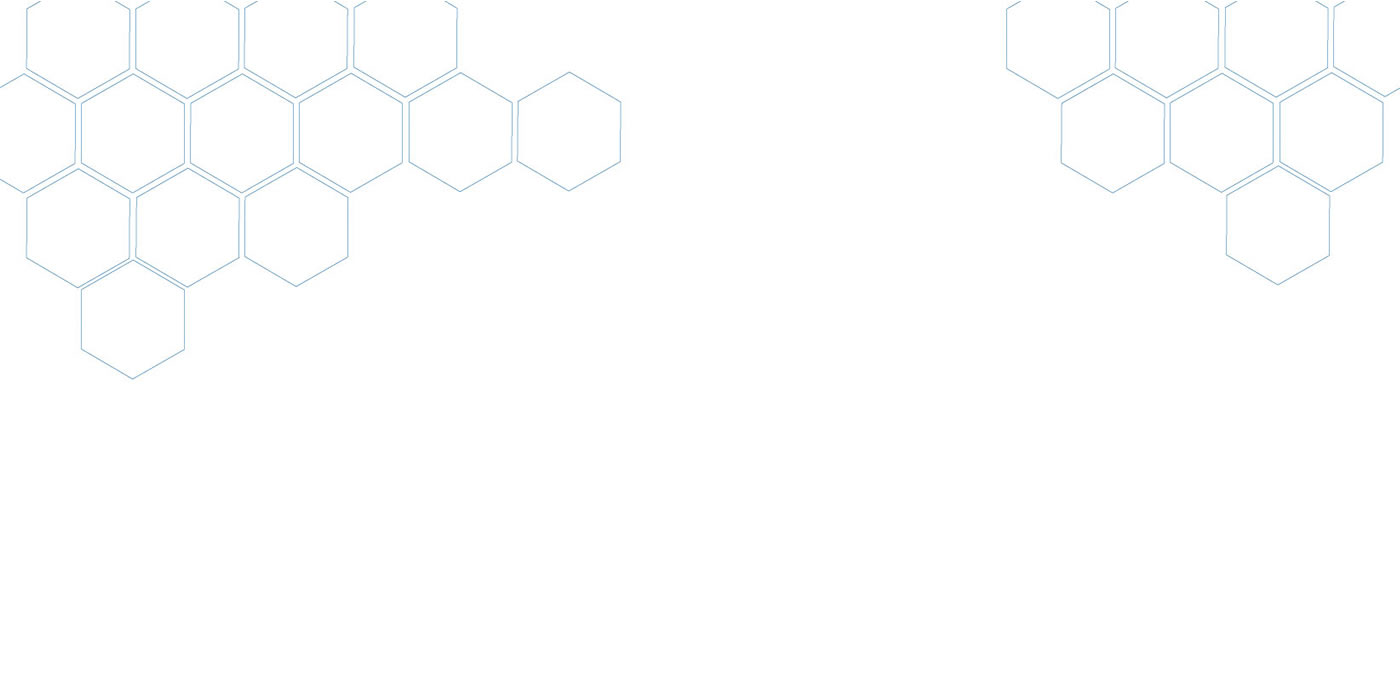Quality Instruction in Science (e-QIS)
Measuring Next Generation Science Instruction Using Tablet-Based Teacher Portfolios
Duration
September, 2014 - August, 2018Research Team
Felipe Martinez (PI) (UCLA), Matt Kloser (Co-PI) (Notre Dame), Brian Stecher (Co-PI) (RAND Corp.), Matt Wilsey (Notre Dame), Jayashri Srinivasan (UCLA), Kate Riedell (UCLA), Amanda Edelman (RAND Corp.), Erin Lavin (Notre Dame)Funder and Grant Size
National Science Foundation, $1,800,000Description
This project is focused on developing, deploying, and evaluating a new generation of teacher portfolio instruments based on modern tablet technology. The project is a collaboration between a multidisciplinary team of experts in assessment, science education, and technology aimed at helping researchers and practitioners monitor, assess, and improve instruction in middle school science classrooms aligned to the Next Generation Science Standards (NGSS).
Building on prior successful portfolio systems, a new electronic portfolio platform has been developed and tested using a mixed methods validation study. A sample of 40 volunteer middle school science teachers collected two 10-day Notebooks. Teachers collected evidence of their instruction using the electronic portfolios, and this evidence was scored by a group of experienced raters and experts using a set of guidelines of instructional practice aligned to the Next Generation Science Standards. Advanced quantitative methods, including multifaceted generalizability theory, factor analysis, and hierarchical linear models, was used to assess the properties of portfolio data against other teacher measures. An additional set of ratings investigated the reliability of rating Notebooks based on a smaller sample of days rated.
Qualitatively, the e-QIS Notebook was used in the context of a professional learning community (PLC). This study investigated the following research questions:
- What do teachers learn from engaging in PLCs using the e-QIS Notebook and Dimensions?
- In what ways, if at all, are new understandings translated into practice?
- What is the nature of PLC discussions when using the e-QIS app and Dimensions?
- What decisions do teachers make in collecting and selecting artifacts using the e-QIS app?
- How do teachers envision the use of the e-QIS app for the following purposes:
- Self-identified professional growth;
- Alignment with school PD goals;
- Professional evaluation?
Attachments
DownloadPublications associated with this project:
Martinez, J. F., Stecher, B., Kloser, M….(2018). Measuring instruction using classroom artifacts and portfolios: Evidence from four recent studies. A Symposium for Annual Meeting of the National Council on Measurement in Education. New York, NY.
Martinez, F., Riedell, K., Rocchio, R., Srinivasan, J., Kloser, M., Wilsey, M., Stecher, B. (2016). Next generation tablet e-portfolio tool for documenting and reflecting on instructional practice: Possibilities for teacher evaluation and development. A Paper for the Annual Meeting of the European Association for Research on Learning and Instruction. Oslo, Norway.
Martinez, J. F., Kloser, M., Srinivasan, J., Riedell, K., Stecher, B., Rocchio, R., Wilsey, M., Tangmunarunkit, H. (2016). A tablet-based teacher e-portfolio tool for documenting and reflecting on next generation science instruction. A Paper for the Annual Meeting of the American Education Research Association. Washington DC.


